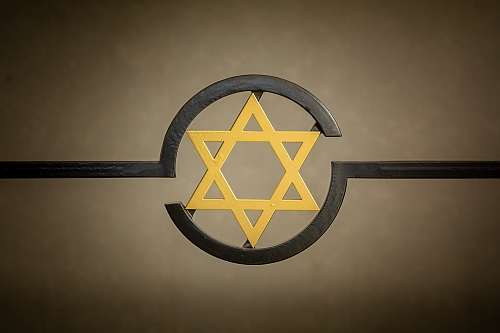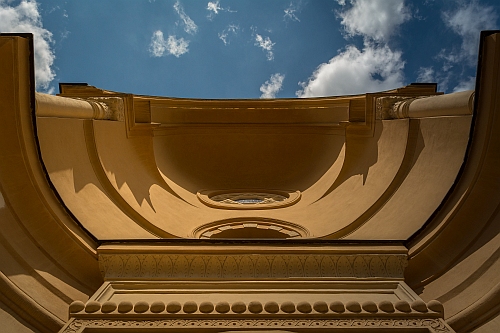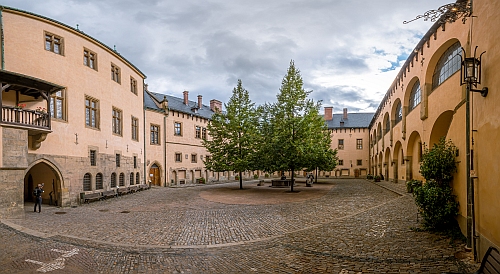Museum of folk architecture
Kouřim
The Museum of Folk Architecture in Kouřim is the only open-air museum not focused on a single region in the Czech Republic, which collects construction monuments from the territory of Central, Eastern and Northern Bohemia, thus offering a direct comparison of various regional types of folk architecture from the 17th to the 19th century. There are fourteen larger residential and farm buildings, which are complemented by several smaller monuments.
Currently, the museum presents fourteen major monuments of folk architecture from Central, Eastern and Northern Bohemia. The Central Bohemia region is represented by buildings from the wider area of Posázaví, Benešov, Polabí, Podbrdsko and the Berounka basin. The ten-sided timbered barn from Durdice near Votice, built in 1648, certainly is a unique feature. It is the oldest preserved monument of this type in Bohemia. A half-timbered cottage and a timbered granary from Budeč and a small timbered granary from Hrádek come from Posázaví, which were transferred to the museum from the floodplain of the Želivka dam.All these buildings were built at the end of the 18th century.
The folk architecture of the Podbrdsko region is represented by the large dwelling house of the “Šperkovna” farmstead from Strašice, which is complemented by the architecturally remarkable granary from Kornatice in the Rokycany region, fitted with a so-called timbered vault. These buildings date from the late 18th and the first half of the 19th century. The area of the Berounka river basin is represented by a timbered dwelling house of the farmhouse from Týřovice near Rakovník, founded in the 17th century, which was modified to its present form after 1800. An example of Central Bohemian architecture from the 19th century is a homestead from the Českobrodsko and Nymburk region, which consists of an extensive cottage from Masojedy, a house from Krchleby and a brick barn. The remarkable all-log forge from Starý Bydžov, built in 1774, also comes from the central Polabí region on the border of central and eastern Bohemia. The East Bohemian region is currently represented by two monuments from Podkrkonoší. These are a log “Gericht” house from Bradlecká Lhota in the Semily region and an exceptionally valuable twelve-sided barn from Želejov near Hořice. The Gericht from Bradlecká Lhota with a richly articulated Nová Paka style barn dates back to the end of the 17th century, the Želejov barn was built in 1690 and together with the barn from Durdice belongs to our most valuable monuments of folk architecture. From the area of North Bohemia, the museum has so far only a two-storey half-timbered house from Jílové – Kamenná near Děčín, built at the beginning of the 19th century.
It is open from April until December. However, it is necessary to check the exact opening hours. For more information, visit museum´s webpages.


